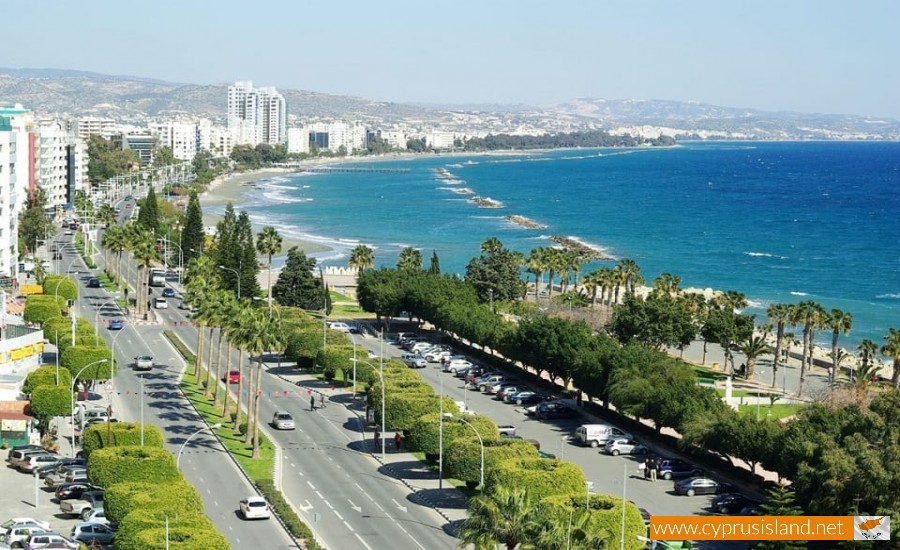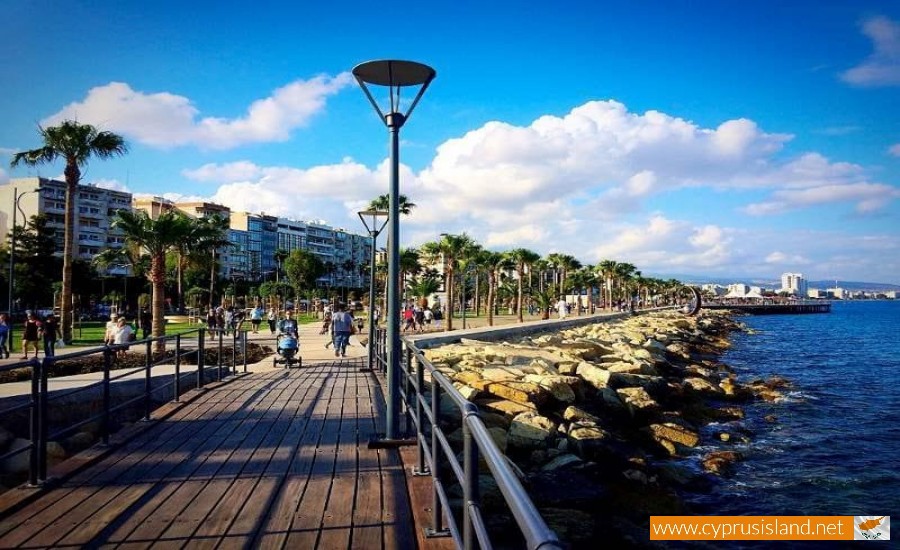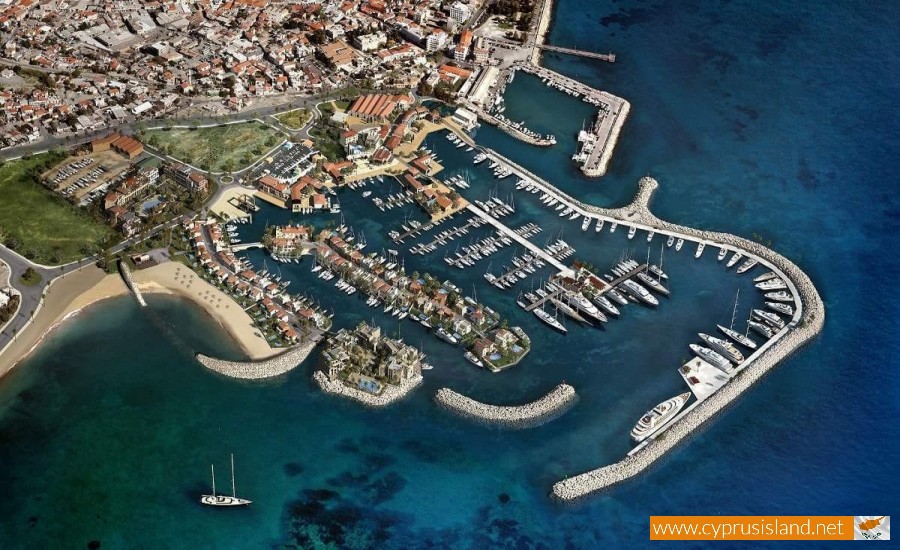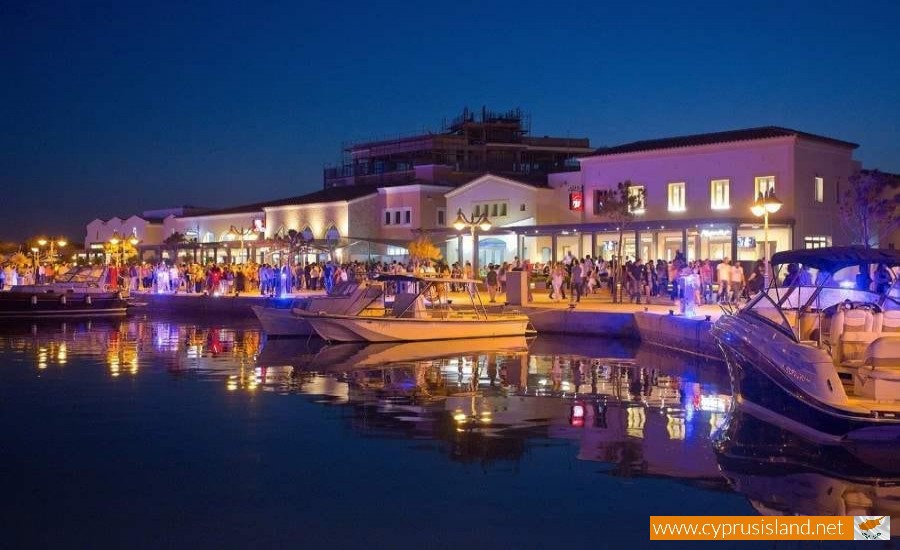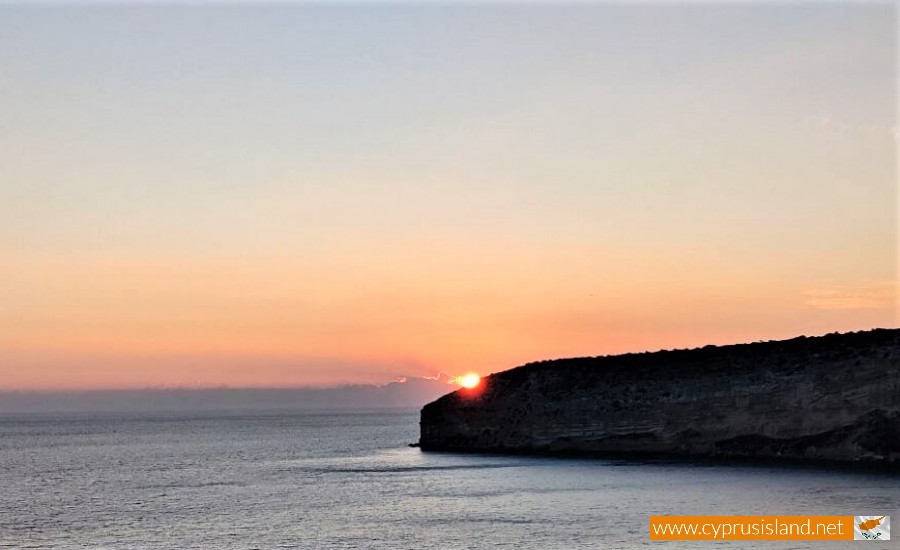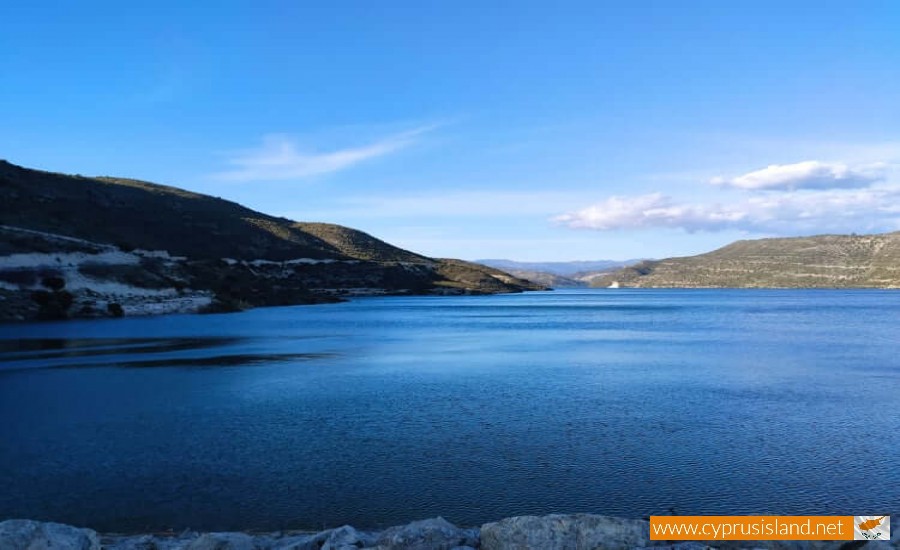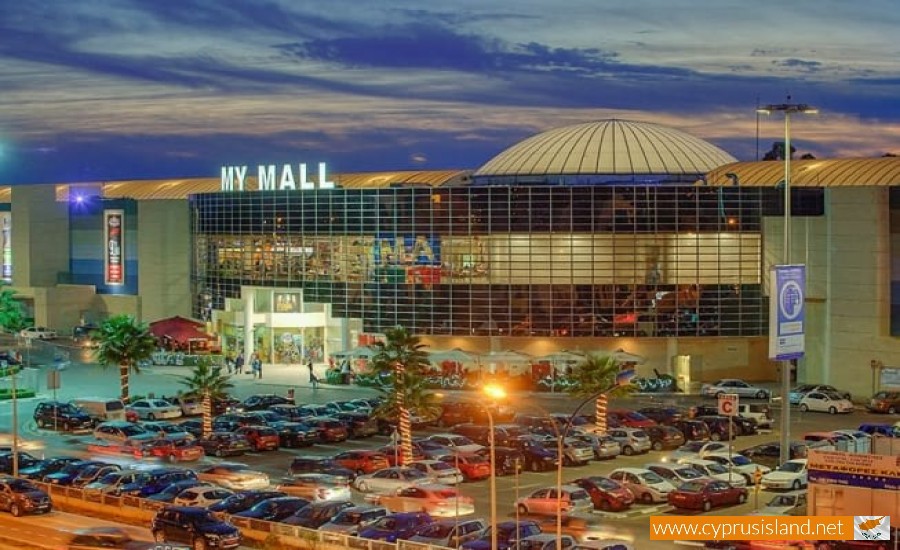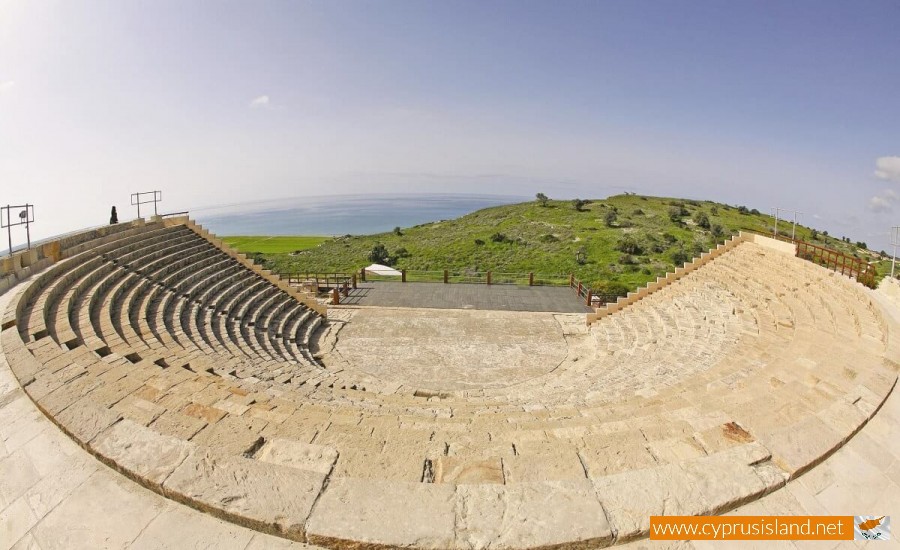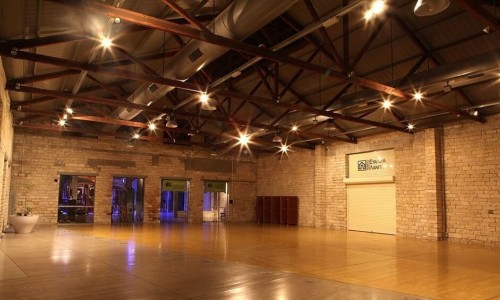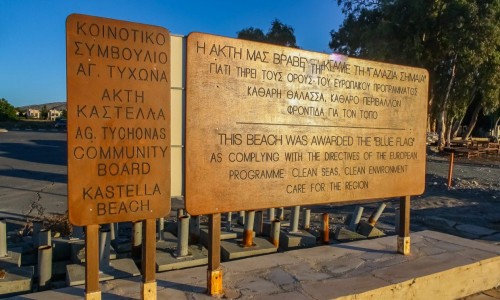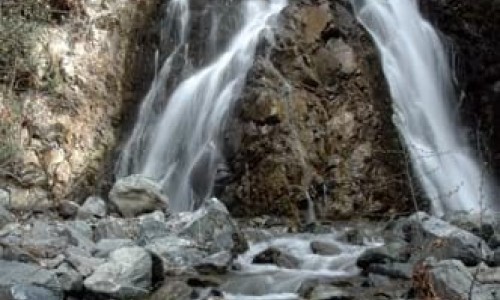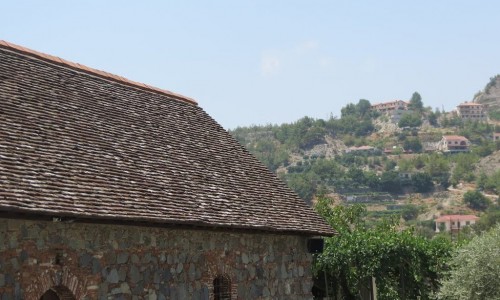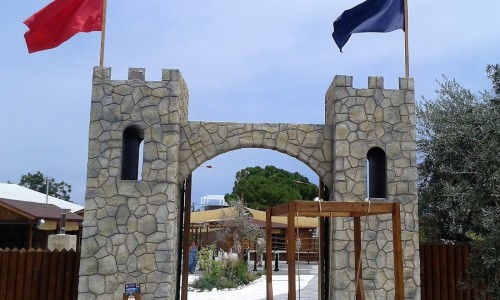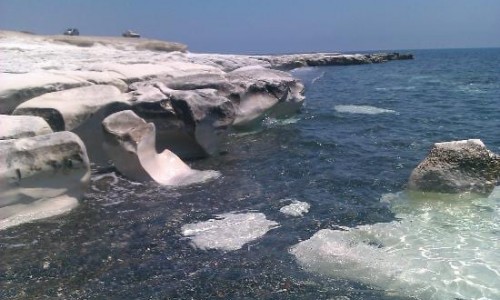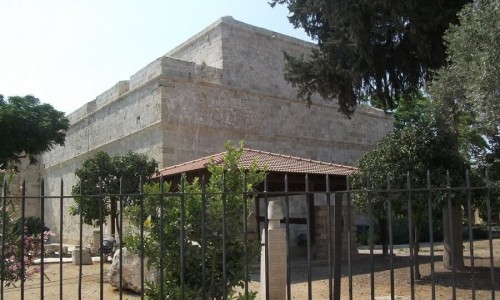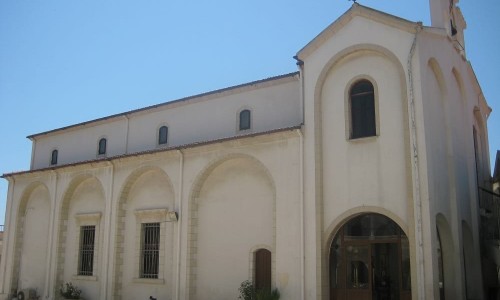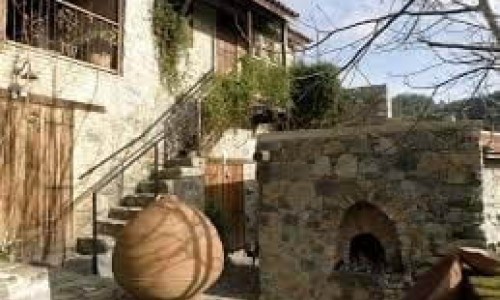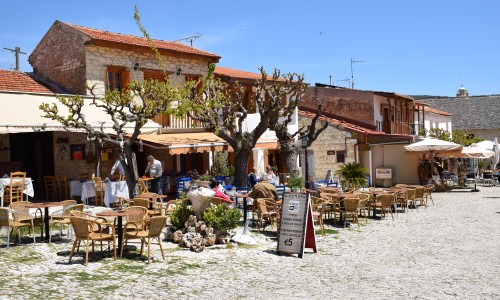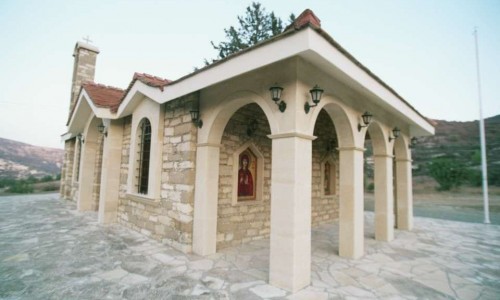Limassol
As of the 2021 census, Limassol District had a population of approximately 262,238, with the city itself housing around 198,558 residents. The population is predominantly Cypriot (77.7%), with notable communities of EU citizens (8.6%) and other foreign nationals (13.1%). The city has a significant Russian-speaking population, earning it the nickname "Limassolgrad."
Limassol also hosts vibrant Armenian and Pontic Greek communities, contributing to its multicultural tapestry.
Limassol has emerged as a key economic center in Cyprus, with a diversified economy encompassing shipping, finance, tourism, and real estate. The city is home to the island's main port, which became the primary harbor after the closure of Famagusta's port in 1974.
The city attracts international investors, particularly in the real estate sector, and hosts numerous multinational companies, especially in the shipping and financial services industries.
Historical Sites:
- Limassol Castle: A medieval fortress housing the Cyprus Medieval Museum.
- Kourion Archaeological Site: An ancient city-kingdom featuring a Greco-Roman theatre and mosaics.
- Kolossi Castle: A 13th-century Crusader stronghold
Beaches and Nature:
- Lady's Mile Beach: Known for its long sandy stretch and clear waters.
- Dasoudi Beach: A popular spot with a eucalyptus forest backdrop.
- Molos Promenade: A scenic coastal walkway with parks and sculptures.
Cultural Venues:
- Limassol Marina: A modern development combining luxury residences, dining, and shopping.
- Saripolou Square: A lively area filled with cafes, bars, and nightlife.
- Paradox Museum: An interactive space offering optical illusions and exhibits.
Festivals and Events
Limassol hosts several annual events that reflect its rich cultural heritage:
- Limassol Wine Festival: Celebrating the island's winemaking tradition with tastings and performances.
- Limassol Carnival: A vibrant pre-Lenten festival featuring parades, music, and costumes.
- Commandaria Festival: Honoring the local dessert wine with tastings and cultural activities.
Surrounding Areas
Beyond the city, the Limassol District offers picturesque villages and natural attractions:The Times
- Omodos Village: Renowned for its wine production and traditional architecture.
- Troodos Mountains: Offering hiking trails, waterfalls, and monasteries.
- Millomeri Waterfalls: A serene natural spot near Platres village.
Accommodation and Dining
Limassol caters to a range of visitors with accommodations from luxury resorts like Parklane, featuring extensive amenities for families, to boutique hotels in the old town.
The city's culinary scene is diverse, offering traditional Cypriot meze, fresh seafood, and international cuisines. Local tavernas and upscale restaurants alike provide rich gastronomic experiences.
Limassol seamlessly blends its historical roots with contemporary living, offering residents and visitors a dynamic environment rich in culture, commerce, and natural beauty. Whether exploring ancient ruins, enjoying the vibrant nightlife, or relaxing on its sun-kissed beaches, Limassol presents a multifaceted experience that captures the essence of Cyprus.
Country | Cyprus |
District | Limassol |
Area | 47.87 km2 (18.48 sq mi) |
Population | 154,000 |
| Website | https://www.limassolmunicipal.com.cy/en/home |


